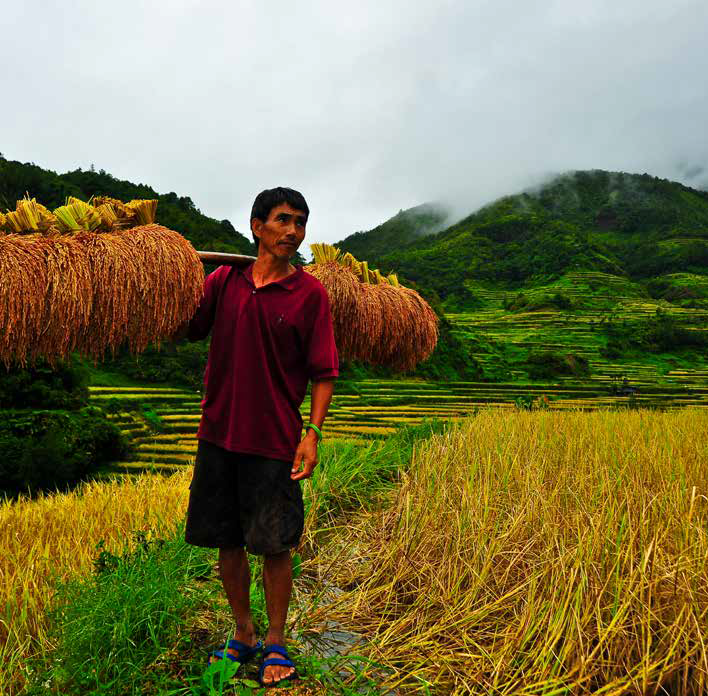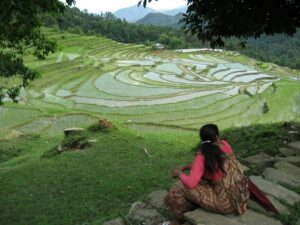The rest of the world is finally catching up with the rice farmers of the Philippine Cordilleras— and the sacred truth they have always known: that their land, culture, and rice possess profound exquisiteness found nowhere else, and the beauty of the Cordilleras is something to see, experience, and savor.

.
The Philippine Cordillera Region, where the heirloom rice is grown, is a force of beauty. Not because it is perfect, for it, too, is subject to the weathering of time and the corrosive effect of change.
The people who call the Cordilleras their home are driven by the same desires as the rest of us: a life of comfort and warmth, food on the table, a bright future for their children. Only, the opportunities available to them to fulfill these humble needs are severely limited.
While many have opted to leave, there are those who heeded the voice of their ancestors and followed the call of their culture. These are the rice farmers who took the path of greater resistance and continued to tend their heirloom rice fields despite unfavorable conditions for rice farming in the mountains. Heirloom rice varieties continue to exist today because of these farmers who chose to hold on to them when it was easier to let go.
The rest of the world is finally catching up with the rice farmers of the Cordilleras— and the sacred truth they have always known: that their land, culture, and rice possess profound exquisiteness found nowhere else, and the beauty of the Cordilleras is something to see, experience, and savor.
Chef Amy Besa sums it up beautifully: “By eating heirloom rice, you taste this food that grew on our land, tilled by Filipino farmers. You are eating the ‘terroir’ of this country.”









